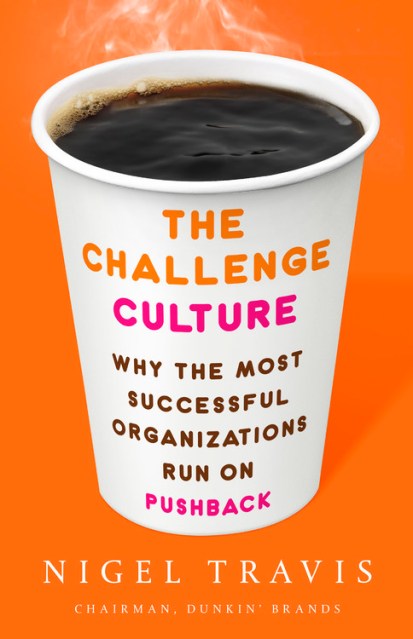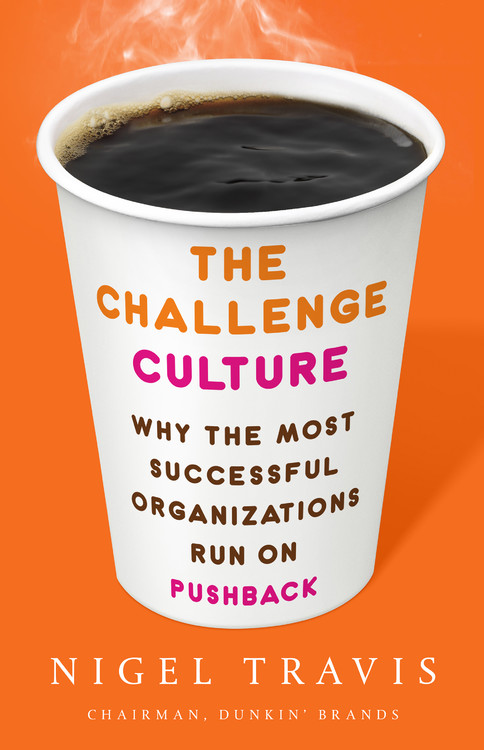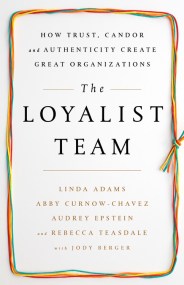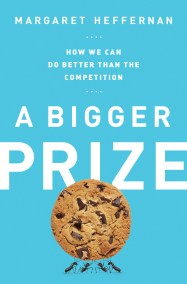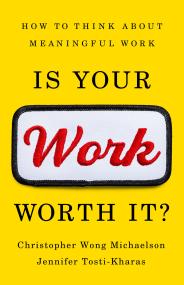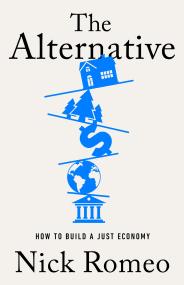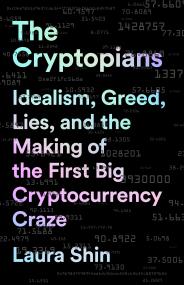Promotion
Use code MOM24 for 20% off site wide + free shipping over $45
The Challenge Culture
Why the Most Successful Organizations Run on Pushback
Contributors
By Nigel Travis
Formats and Prices
Price
$36.00Price
$46.00 CADFormat
Format:
- Hardcover $36.00 $46.00 CAD
- ebook $15.99 $20.99 CAD
- Audiobook Download (Unabridged)
This item is a preorder. Your payment method will be charged immediately, and the product is expected to ship on or around September 18, 2018. This date is subject to change due to shipping delays beyond our control.
Also available from:
We live in an era in which successful organizations can fail in a flash. But they can cope with change and thrive by creating a culture that supports positive pushback: questioning everything without disrespecting anyone.
Nigel Travis has forty years of experience as a leader in large and successful organizations, as well as those facing existential crisis-such as Blockbuster as it dawdled in the face of the Netflix challenge. In his ten years as CEO and chairman of Dunkin’ Brands, Travis fine-tuned his ideas about the challenge culture and perfected the practices required to build it. He argues that the best way for organizations to succeed in today’s environment is to embrace challenge and encourage pushback. Everyone-from the new recruit to the senior leader-must be given the freedom to speak up and question the status quo, must learn how to talk in a civil way about difficult issues, and should be encouraged to debate strategies and tactics-although always in the spirit of shared purpose. How else will new ideas emerge? How else can organizations steadily improve?
Through colorful storytelling, with many examples from his own career-including his leadership in turning around the fear-ridden culture of the London-based Leyton Orient Football Club, of which he is part owner-Travis shows how to establish a culture that welcomes challenge, achieves exceptional results, and ensures a prosperous future.
Genre:
- On Sale
- Sep 18, 2018
- Page Count
- 288 pages
- Publisher
- PublicAffairs
- ISBN-13
- 9781541762145
Newsletter Signup
By clicking ‘Sign Up,’ I acknowledge that I have read and agree to Hachette Book Group’s Privacy Policy and Terms of Use
